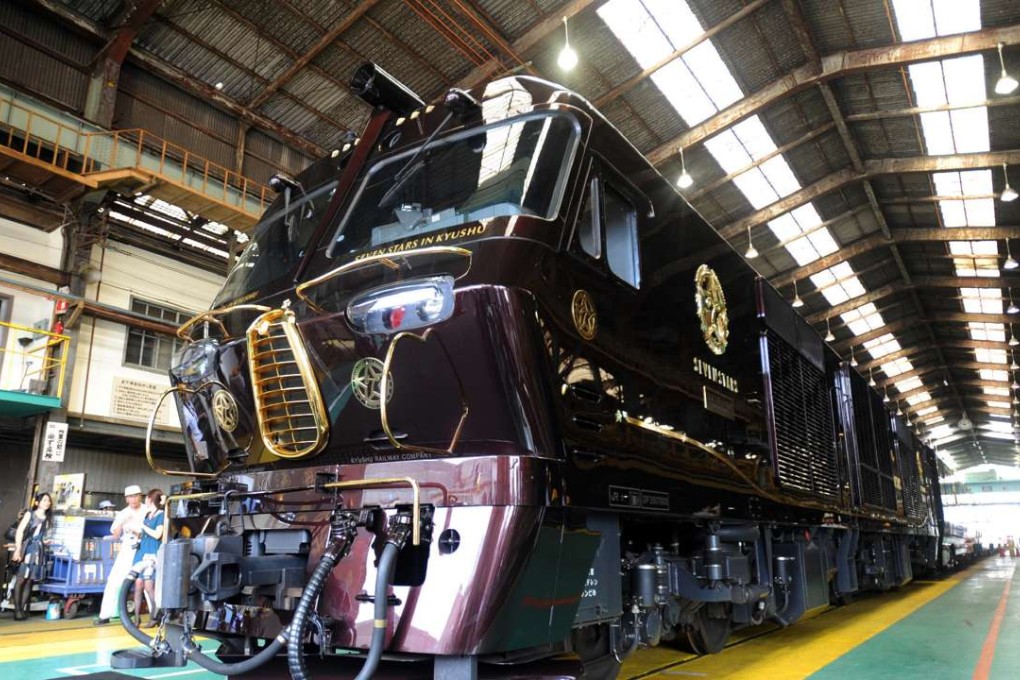Farms, ice-cream, US$8,000 trips: the secrets to a Japanese rail revival
Former Japanese National Railways company JR Kyushu has journeyed from maligned state company to private-sector wonder by embracing diversification

ARrogant, shabby and heavily indebted. That’s how many people had thought of Japanese National Railways (JNR) before it was broken up and put on track for privatisation in 1987.
Three decades later, JR Kyushu, a spin-off company in the southwest of the country, appears to have overcome the difficulties of its ill-fated predecessor. Having spruced up its image and diversified its business, it is set to report the first ever profit in its rail operations.
It’s a success that comes after a long journey towards full privatisation that did not end until October last year, when the company was listed on the Tokyo Stock Exchange, bringing an end to its era as a “special-status corporation under state control”.
The seeds of this turnaround were sown 30 years ago, when the born-again company rewrote the rules on design in an effort to gain the favour of Kyushu’s leisure and business travellers over other modes of transport.

The first step by the company’s then president, Yoshitaka Ishii, was to the paint the railway’s old carriages in red and white, a marked departure from its previous, more conservative style. His next steps were to adopt the stylish (and then novel) ‘rolling stock’ shape, the best known example of which is the widely acclaimed Tsubame Express, and introduce wooden interiors.